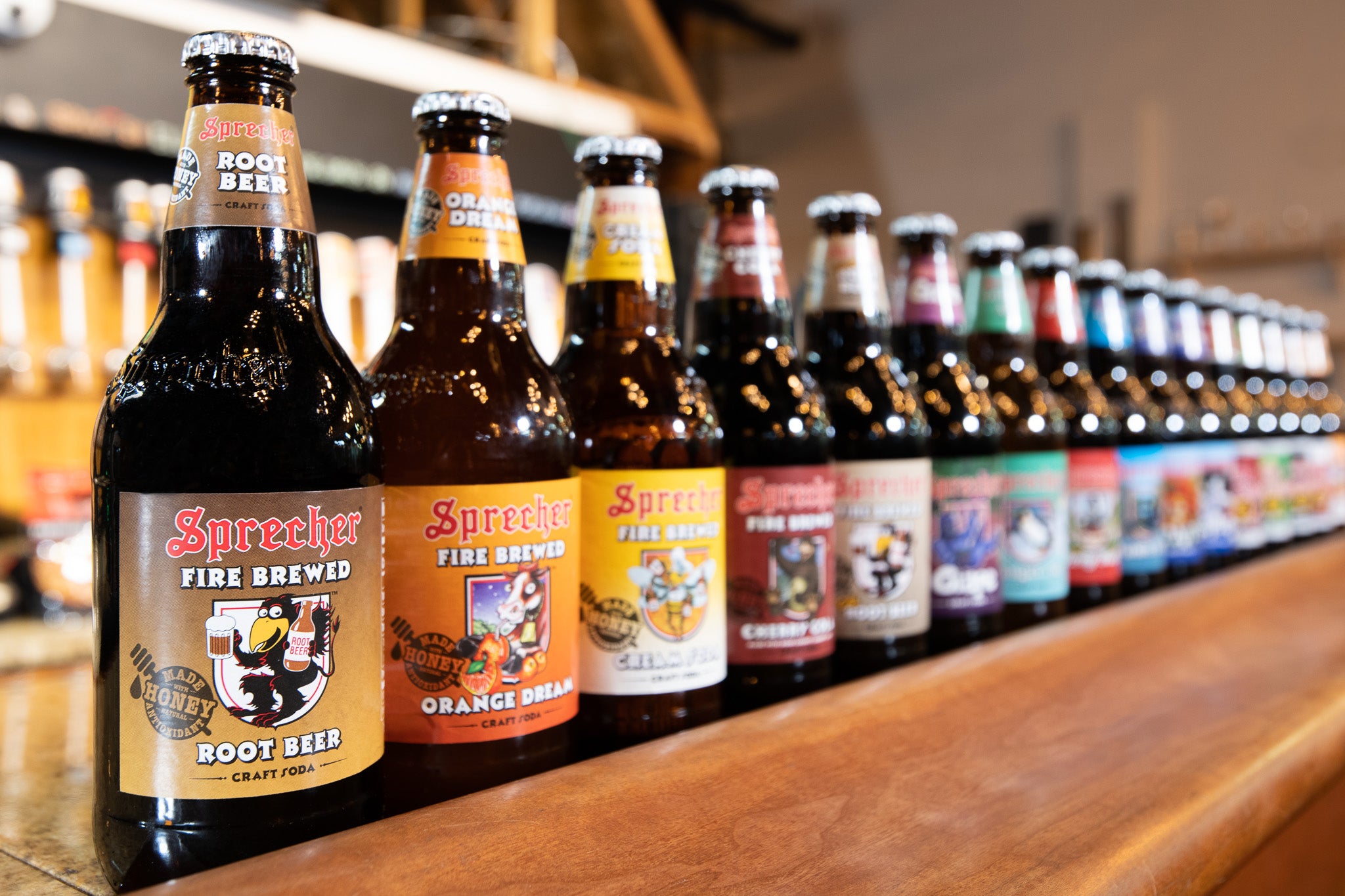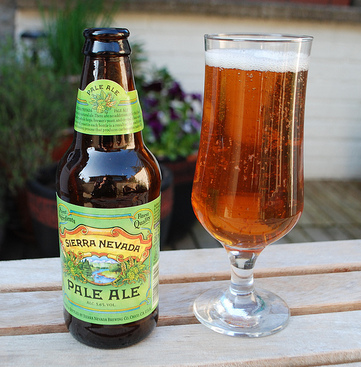Galveston Liquor: The Ultimate Destination for Spirits and Glass of wines
Galveston Liquor: The Ultimate Destination for Spirits and Glass of wines
Blog Article
Distillery Characteristics Unveiled: a Trip Via the Scientific Research and Art of Spirits Manufacturing
As the curtains are withdrawed on the detailed world of distillery dynamics, a remarkable realm arises where science and art converge to create the spirits we appreciate. Behind the closed doors of distilleries exist keys waiting to be unwinded, from the precise chemistry of distillation to the fragile dancing of yeast in fermentation. The marriage of tradition and innovation in spirits manufacturing introduces a tapestry woven with strings of craftsmanship and technical developments. Join us on a trip with the heart of distillation, where each decrease of spirit narrates of proficiency and enthusiasm, guaranteeing a deeper understanding of the alchemy that transforms grains and fruits right into the liquid gold we raise in a toast.
The Chemistry of Distillation
The chemistry of distillation, a basic procedure in the manufacturing of spirits, entails the splitting up of components based on their different boiling points. This process relies upon the concept that each component in a liquid mixture has an one-of-a-kind boiling point, permitting their private extraction. When warm is applied to the mixture, the part with the most affordable boiling factor will evaporate first, climbing via the still and at some point condensing back into fluid form. This distilled fluid, referred to as the "heart cut," consists of the preferred alcohol material and flavor substances.
Throughout purification, 3 main portions are acquired: the "heads," which have volatile substances and higher alcohols that can be dangerous if eaten in large quantities; the "hearts," the prized portion with the wanted ethanol and flavor profile; and the "tails," which contain heavier compounds and fusel alcohols. Competent distillers need to carefully monitor the temperature level and circulation rates to divide these portions effectively, making sure a top quality last item. The chemistry of distillation is a delicate interaction of warmth, evaporation, and condensation that changes a simple fluid combination into a complicated and improved spirit.
Artisanal Workmanship in Spirits Making
Amidst the world of spirits manufacturing, artisanal craftsmanship plays a pivotal duty in raising the quality and character of distilled drinks (Galveston Liquor). Artisanal craft distillers concentrate on small-scale, hands-on manufacturing approaches, commonly making use of traditional techniques that have actually been given via generations. These specialized artisans and women prioritize quality over amount, paying precise focus to every action of the purification process
Artisanal workmanship in spirits making entails a deep understanding of the raw materials made use of, such as grains, botanicals, or fruits, and how their attributes influence the end product. From picking the finest components to very carefully keeping an eye on fermentation, purification, and aging, artisans infuse their spirits with passion and knowledge.
In addition, artisanal craft distillers typically accept trial and error and development, pushing the limits of conventional spirits production. They may introduce one-of-a-kind taste profiles by incorporating in your area sourced active ingredients or utilizing imaginative aging techniques. This dedication to creative thinking and excellence results in spirits that are not just of outstanding top quality however additionally display the artistry and originality of the distiller.
Innovations in Aging Strategies

One famous innovation getting grip is using smaller barrels for maturing spirits. By increasing the surface look at these guys area area-to-volume proportion, smaller sized barrels present tastes much more rapidly, resulting in an extra extreme maturation process. This method is especially preferred amongst craft distillers seeking to generate top quality spirits in a shorter timeframe.
Furthermore, distillers are significantly turning to alternate timber kinds, such as cherry or acacia, to impart unique tastes to their aged spirits. These non-traditional woods use an unique flavor account, establishing their products apart in an open market.
In addition, innovations in innovation have actually enabled distillers to explore increased maturing approaches, such as ultrasound or temperature and pressure variations. These methods permit for precise control over the aging procedure, resulting in ingenious taste accounts that press the borders of traditional spirits manufacturing.

The Function of Yeast in Fermentation
An important component of the fermentation process in distilling is the function played by yeast. Yeast, a single-celled bacterium, is essential in converting sugars into alcohol and co2 throughout fermentation. In the context of distilling spirits, yeast plays a critical duty in the production of ethanol, which is the key alcohol in a lot of alcohols.
Yeast attains this via the procedure of anaerobic respiration, where it metabolizes sugars such as glucose and fructose right into ethanol and co2. Different pressures of yeast can pass on unique flavors and aromas to the last spirit, adding This Site to the intricacy and character of the distilled item. Distillers very carefully pick yeast pressures based upon their preferred taste account and fermentation features.
The fermentation procedure can last anywhere from a couple of days to a couple of weeks, relying on variables such as yeast sugar, strain, and temperature level web content. Surveillance and regulating the fermentation procedure are important to guarantee optimum yeast task and alcohol production. Overall, yeast is an essential gamer in the alchemical transformation of raw active ingredients right into the perky elixirs delighted in by customers worldwide.
Sustainable Practices in Distilleries
Distilleries are progressively acknowledging the value of embracing eco-friendly steps throughout the production process. Distilleries need considerable amounts of water for various phases of production, and executing water recycling systems or utilizing rainwater harvesting strategies can dramatically decrease water usage and lessen the distillery's overall environmental impact.
Distilleries are discovering cutting-edge means to repurpose spin-offs such as invested grains or distillation residues, transforming waste into resources through methods like animal feed manufacturing or composting. By embracing sustainable techniques, distilleries can not just decrease their environmental effect but also appeal to environmentally conscious customers and contribute to a much more lasting future for the industry.
Verdict
From the chemistry of purification to the role of yeast in fermentation, distilleries are regularly introducing and trying out to produce top notch spirits. The blend of practice and technology in spirits production highlights the complexity and creativity entailed in this ancient craft.
As the drapes are attracted back on the complex globe of distillery characteristics, a remarkable realm arises where science and art assemble to create the spirits we enjoy.The chemistry of purification, a fundamental pop over to these guys procedure in the manufacturing of spirits, entails the separation of elements based on their various boiling points.Moreover, artisanal craft distillers often welcome testing and development, pressing the limits of conventional spirits production. In the context of distilling spirits, yeast plays a pivotal duty in the manufacturing of ethanol, which is the primary alcohol in the majority of alcoholic beverages.
From the chemistry of purification to the duty of yeast in fermentation, distilleries are continuously introducing and exploring to create top quality spirits.
Report this page